Key Points: The A-10 Warthog, revered for its unmatched close air support (CAS) capabilities, faces retirement as the U.S. Air Force shifts focus to faster, stealthier jets like the F-35.
-Critics argue that while the A-10 excels in counterinsurgency environments, advancements in enemy anti-aircraft technology make it vulnerable in great-power conflicts.
-Proponents highlight the Warthog’s durability, firepower, and proven record in protecting ground forces.
-The F-35 offers stand-off precision and advanced sensors, but lacks the low-altitude resilience of the A-10.
-A hybrid approach, retaining the A-10 for specific missions and environments, may bridge the gap between legacy capabilities and modern requirements.
A-10 vs. Modern Threats: Can the Flying Tank Survive?
The venerable, much herald “flying tank” A-10 Warthog continues to surge into the future, facing extinction and eventual Close Air Support (CAS) replacement from faster, higher-flying F-35 and F-16 fighter jets.
Despite its ardent proponents, the aircraft is now progressively flying into the sunset of its existence.
But Is that a good idea?
The A-10 Warthog Nears The End?
The Air Force, which has long sought to divest its fleet of A-10s in favor of F-35s for the CAS mission, has faced years of opposition from Congressional and military proponents for the A-10.
However, despite the unparalleled reverence for the life-saving combat efficacy of the A-10 and proven performance supporting ground troops in combat, the service is ultimately now retiring the aircraft.
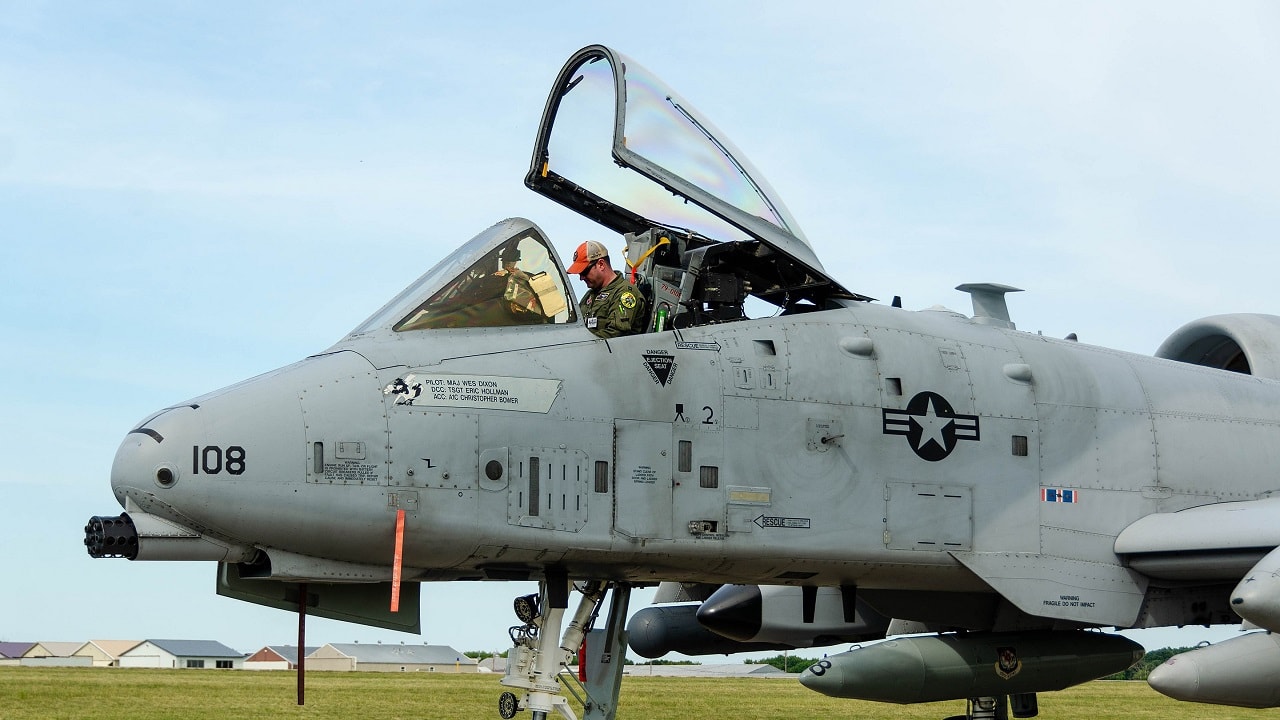
A-10 Warthog. Image Credit: Creative Commons.
The current Air Force plan calls for the retirement of 42 A-10 Warthogs in 2024 and the remaining 260 in the coming years.
The lingering question about the A-10, still seems to hover in the atmosphere, as many question the rationale behind this decision to “fully” retire the A-10.
Airframes tend to remain viable for decades after a plane is built, and upgrades could ensure its continued relevance as a protector of maneuvering ground combat forces.
What is the best call going forward?
Retire the A-10 Warthog?
This raises a clear, simple, and often discussed question. Should the Air Force fully and completely retire the A-10? Is the plane ultimately now obsolete?
This question has many components, which are not without both complexity and a measure of ambiguity. The future threat environment will likely vary and include many combat contingencies.
Therefore, this question about the continued utility of the A-10 in a modern threat environment has for years understandably consumed debates at the Pentagon and military services.
At one point in the last decade, the Pentagon conducted a CAS fly-off test, putting the A-10 against an F-35 in a wide range of combat scenarios.
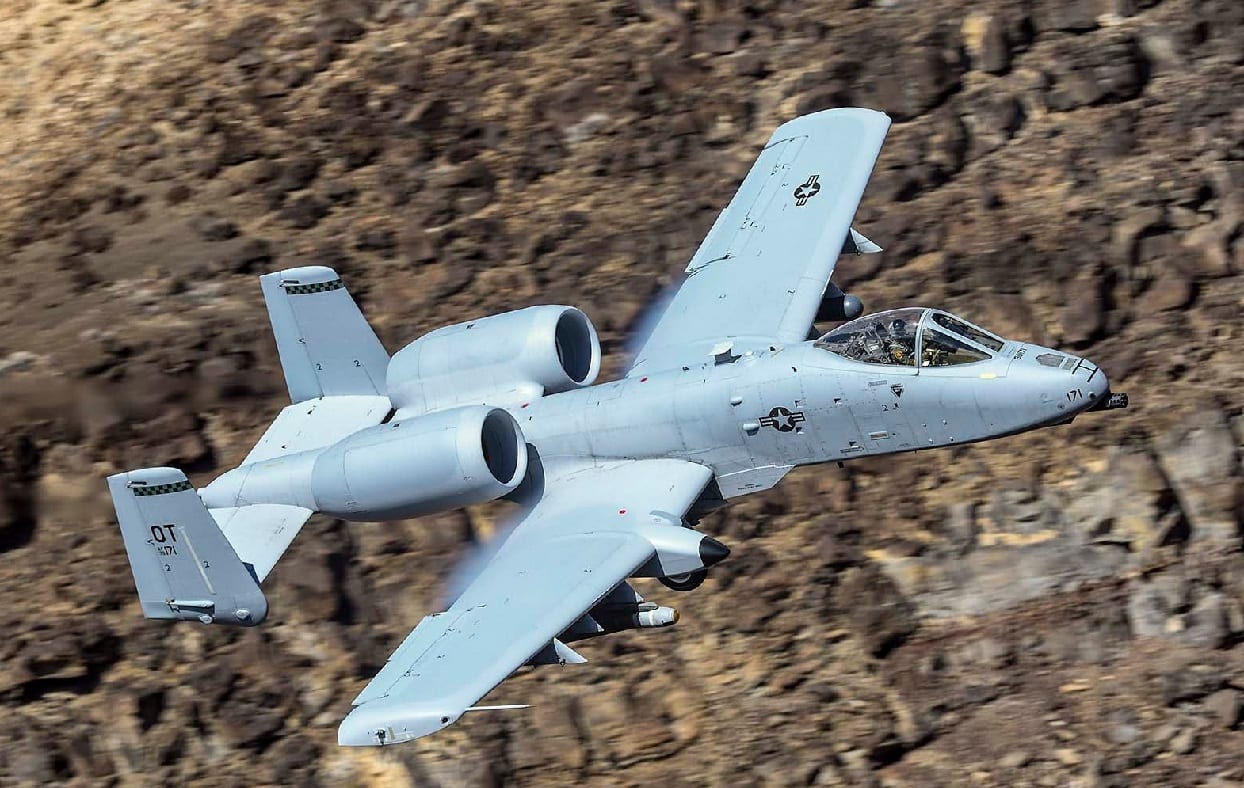
A-10 Warthog. Image: Creative Commons.
Despite the much-discussed CAS assessment, the results never emerged with decisive determination.
A-10 vs F-35 for CAS
Which is better for CAS? A fast, stealthy F-35 or large, low-altitude A-10 protected by its titanium hull, built-in redundancy, and 30mm 7-barrel Gatling Gun?
The A-10 is, of course, built to withstand small-arms fire and fight through enemy attacks with built-in redundancy to preserve functionality in the event of damage.
It certainly would be realistic to posit that technological advancements in the lethality of small-arms fire and the advent of longer-range, more precise shoulder-fired anti-aircraft weapons have made the A-10 much more vulnerable.
The A-10’s ability to fly low and slow in support of advancing infantry has proven more valuable to ground forces than words can express.
Yet, the threat environment is quite different now than during previous years when the A-10 operated.
Given this host of variables, the answer to the question of whether the Air Force should entirely remove the A-10 seems to involve a “yes” and a “no,” meaning it should be replaced in the event of a great-power conflict yet retained for other warfare circumstances where it can still add its unique value.
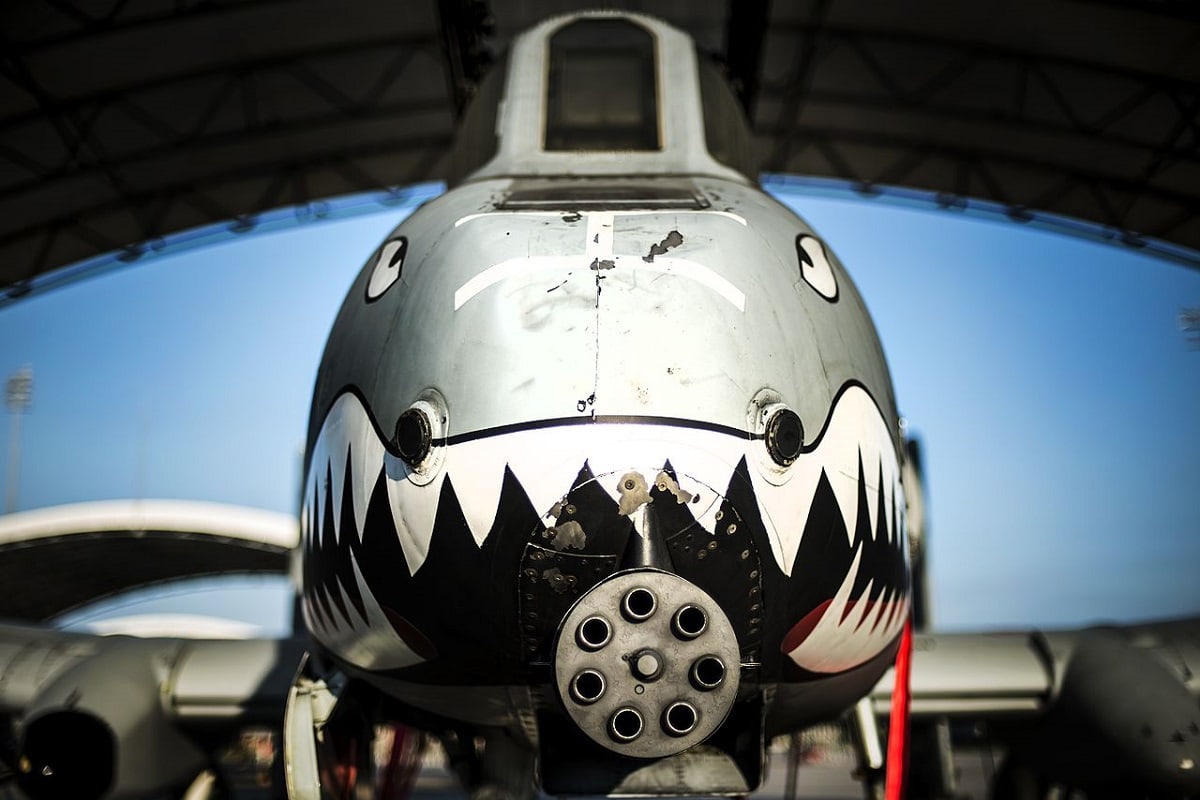
A-10 Warthog. Image: Creative Commons
A-10 Warthog Getting Too Old for the Job?
MANPADs, RPGs and other ground-to-air weapons have improved measurably in recent years, yet that may by no means suggest that the A-10 is either useless or obsolete.
Yes, the A-10 is likely to be much more vulnerable in any kind of near-peer great power conflict. Yet, it could remain highly relevant in certain combat environments where the US Air Force had air superiority and advanced surveillance to track threats from the air.
Also, an A-10 could be protected by drones and supportive fighter jets in position to ensure the airspace surrounding the A-10 is protected. While shoulder-fired anti-aircraft weapons have substantially proliferated and are reasonably easy to acquire, there may be many environments where an A-10 could still prove critical with CAS operations.
The A-10 could also integrate new generations of countermeasures and aircraft protection technologies, such as an aircraft-integrated Active Protection system or jamming capacity.
F-35 for CAS
Alas, it seems the A-10 is heading for retirement and its time in the skies is growing shorter and shorter.
Senior Air Force leaders maintain that, in most CAS circumstances, a modern F-35 would be much better positioned to support ground troops and avert threats.
An F-35 may not be able to withstand extensive small-arms fire, yet it might not have to, given the range and fidelity of its sensors.
An F-35 could use its speed and high resolution EO/IR targeting cameras to pinpoint enemy ground targets from higher, stand-off altitudes before using air-fired precision rockets and weapons in support of infantry.
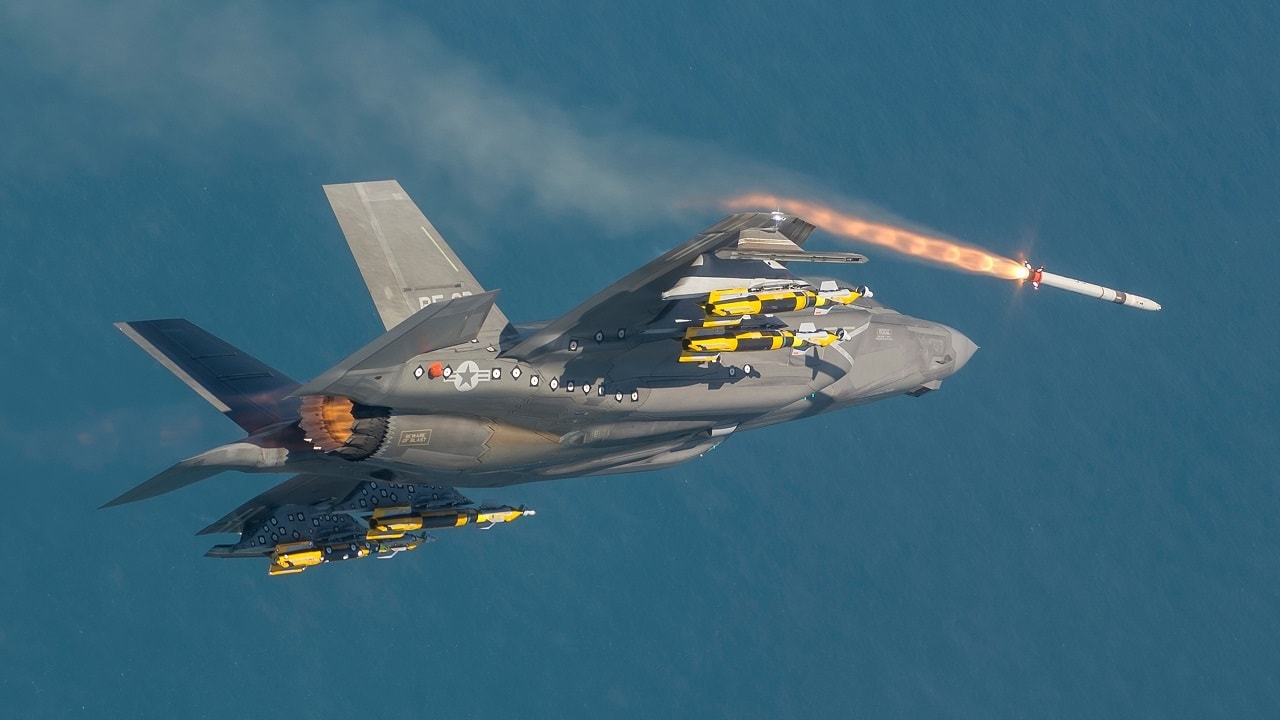
F-35. Image: Creative Commons.
The range of the F-35s Distributed Aperture System and its Electro-Optical Target Systems would enable an F-35 to get a drone-like soda-straw image of enemy formations on the ground and target them with precision weaponry.
This sensor range and advanced computing are the principal reasons why many countries now celebrate the F-35.
In Air Force wargames such as Red Flag, for example, the F-35 could track and destroy groups of 4th-generation aircraft from distances where it could not be seen.
An F-35 is almost certainly more vulnerable to all kinds of ground fire than an A-10, yet it may have to operate outside the range of enemy ground fire to perform the CAS mission effectively.
This being said, it would be misplaced to suggest that there are no conditions in which an A-10 might prove uniquely valuable, so the aircraft should “not” be fully retired.
Special Operations Forces and advancing infantry units tracking groups of enemy fighters armed with small arms in a counterinsurgency environment might benefit from an A-10 in a unique manner unmatched by an F-35.
At the end of they day, all we can do is we what the Air Force decides to do. Maybe the A-10 still has some life in those airframes afterall.
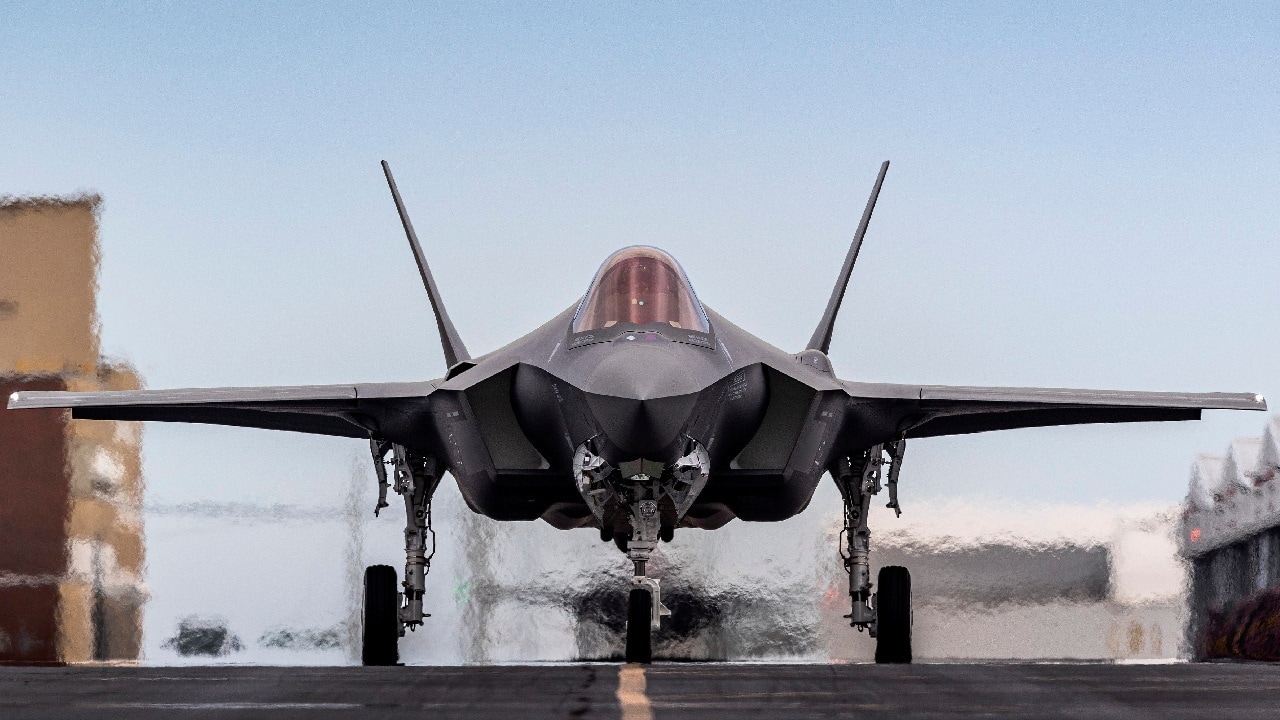
F-35 Stealth Fighter. Image Credit: Lockheed Martin.
About the Author: Kris Osborn
Kris Osborn is the Military Affairs Editor of 19FortyFive and President of Warrior Maven – Center for Military Modernization. Osborn previously served at the Pentagon as a highly qualified expert in the Office of the Assistant Secretary of the Army—Acquisition, Logistics & Technology. Osborn has also worked as an anchor and on-air military specialist at national TV networks. He has appeared as a guest military expert on Fox News, MSNBC, The Military Channel, and The History Channel. He also has a Masters Degree in Comparative Literature from Columbia University.

